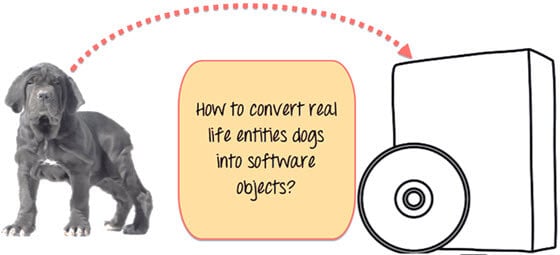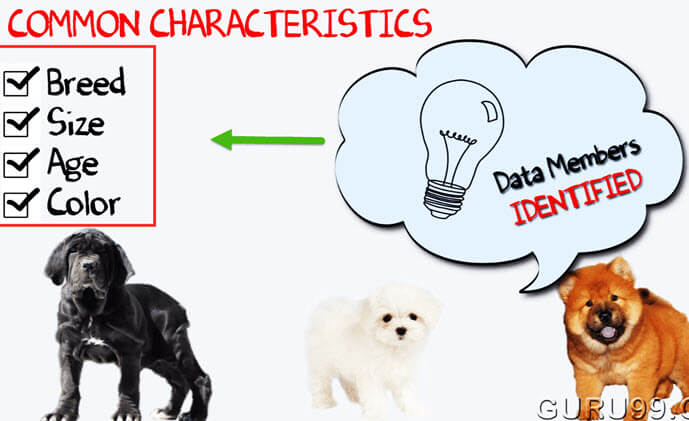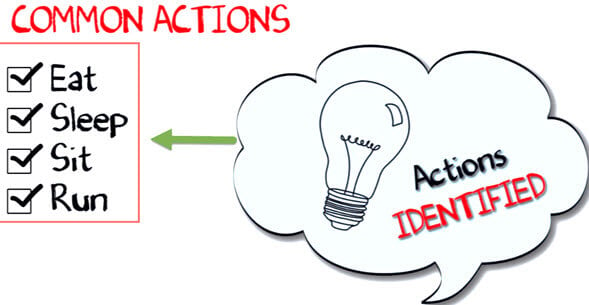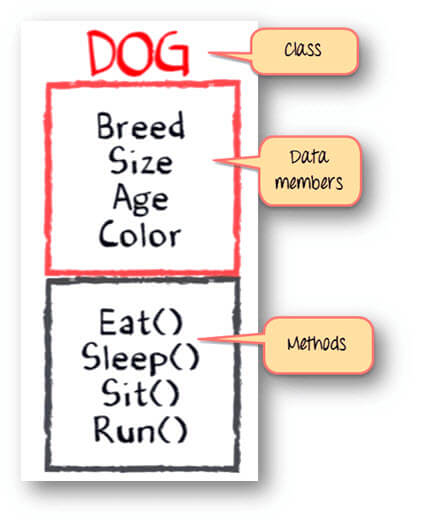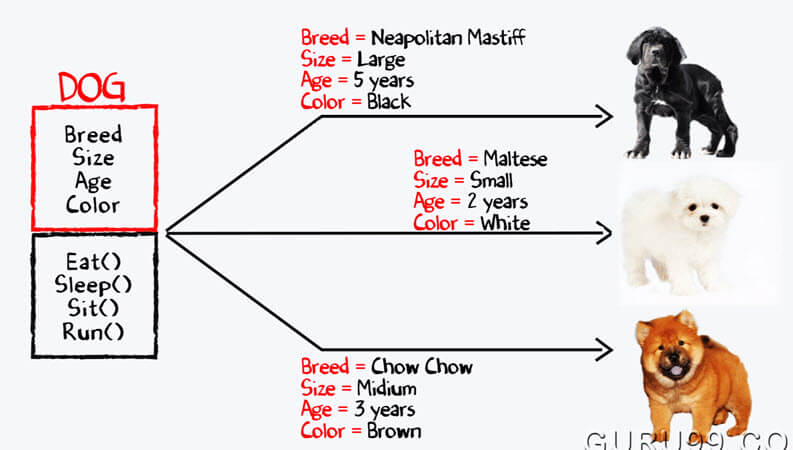Class and Object in Java
What is Classes and Objects in Java?
Classes and Objects in Java are the fundamental components of OOP’s. Often there is a confusion between classes and objects. In this tutorial, we try to tell you the difference between Class and Object in Java. First, let’s understand what they are,
What is Class in Java?
Class are a blueprint or a set of instructions to build a specific type of object. It is a basic concept of Object-Oriented Programming which revolve around the real-life entities. Class in Java determines how an object will behave and what the object will contain.
Syntax of Class in Java
class <class_name>{
field;
method;
}
What is an Object in Java?
Object is an instance of a class. An object in OOPS is nothing but a self-contained component which consists of methods and properties to make a particular type of data useful. For example color name, table, bag, barking. When you send a message to an object, you are asking the object to invoke or execute one of its methods as defined in the class. From a programming point of view, an object in OOPS can include a data structure, a variable, or a function. It has a memory location allocated. Java Objects are designed as class hierarchies.
Object Syntax in Java
ClassName ReferenceVariable = new ClassName();
What is the Difference Between Object and Class in Java?
A Class in object oriented programming is a blueprint or prototype that defines the variables and the methods (functions) common to all Java Objects of a certain kind.
An object in OOPS is a specimen of a class. Software objects are often used to model real-world objects you find in everyday life.
Click here if the video is not accessible
Understand the concept of Java Classes and Objects with an example.
Let’s take an example of developing a pet management system, specially meant for dogs. You will need various information about the dogs like different breeds of the dogs, the age, size, etc.
You need to model real-life beings, i.e., dogs into software entities.
Moreover, the million dollar question is, how you design such software?
Here is the solution- First, let’s do an exercise. You can see the picture of three different breeds of dogs below.
Stop here right now! List down the differences between them.
Some of the differences you might have listed out maybe breed, age, size, color, etc. If you think for a minute, these differences are also some common characteristics shared by these dogs. These characteristics (breed, age, size, color) can form a data members for your object.
Next, list out the common behaviors of these dogs like sleep, sit, eat, etc. So these will be the actions of our software objects.
So far we have defined following things,
- Class – Dogs
- Data members or objects– size, age, color, breed, etc.
- Methods– eat, sleep, sit and run.
Now, for different values of data members (breed size, age, and color) in Java class, you will get different dog objects.
You can design any program using this OOPs approach. While creating a class, one must follow the following principles.
- Single Responsibility Principle (SRP)- A class should have only one reason to change
- Open Closed Responsibility (OCP)- It should be able to extend any classes without modifying it
- Liskov Substitution Responsibility (LSR)- Derived classes must be substitutable for their base classes
- Dependency Inversion Principle (DIP)- Depend on abstraction and not on concretions
- Interface Segregation Principle (ISP)- Prepare fine grained interfaces that are client specific.
Classes and Objects in Java Example Programs
// Class Declaration
public class Dog {
// Instance Variables
String breed;
String size;
int age;
String color;
// method 1
public String getInfo() {
return ("Breed is: "+breed+" Size is:"+size+" Age is:"+age+" color is: "+color);
}
public static void main(String[] args) {
Dog maltese = new Dog();
maltese.breed="Maltese";
maltese.size="Small";
maltese.age=2;
maltese.color="white";
System.out.println(maltese.getInfo());
}
}
Output:
Breed is: Maltese Size is:Small Age is:2 color is: white
Java Object and Class Example: main outside class
In previous program, we are creating main() method inside the class. Now, we create classes and define main() method in another class. This is a better way than previous one.
// Class Declaration
class Dog {
// Instance Variables
String breed;
String size;
int age;
String color;
// method 1
public String getInfo() {
return ("Breed is: "+breed+" Size is:"+size+" Age is:"+age+" color is: "+color);
}
}
public class Execute{
public static void main(String[] args) {
Dog maltese = new Dog();
maltese.breed="Maltese";
maltese.size="Small";
maltese.age=2;
maltese.color="white";
System.out.println(maltese.getInfo());
}
}
Output:
Breed is: Maltese Size is:Small Age is:2 color is: white
Summary
- Java Class is an entity that determines how Java Objects will behave and what objects will contain
- A Java object is a self-contained component which consists of methods and properties to make certain type of data useful
- A class system allows the program to define a new class (derived class) in terms of an existing class (superclass) by using a technique like inheritance, overriding and augmenting.

